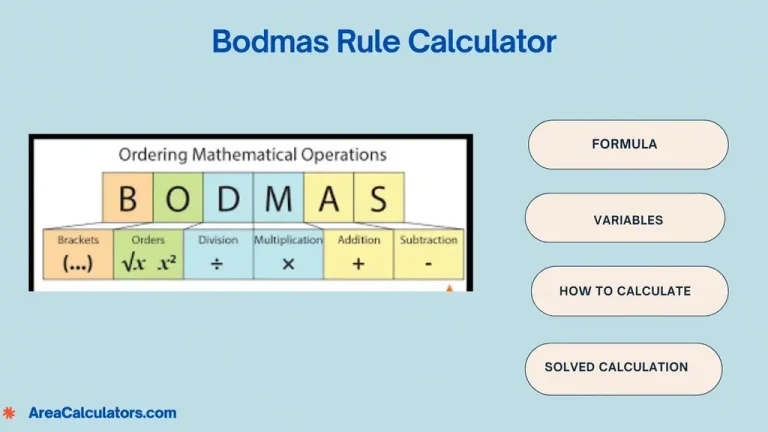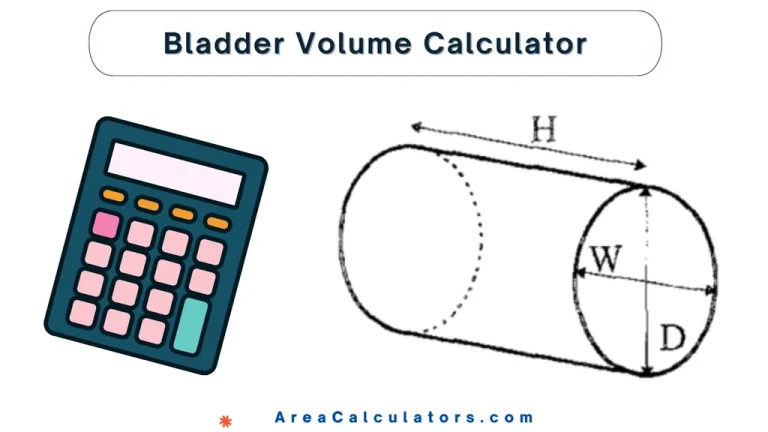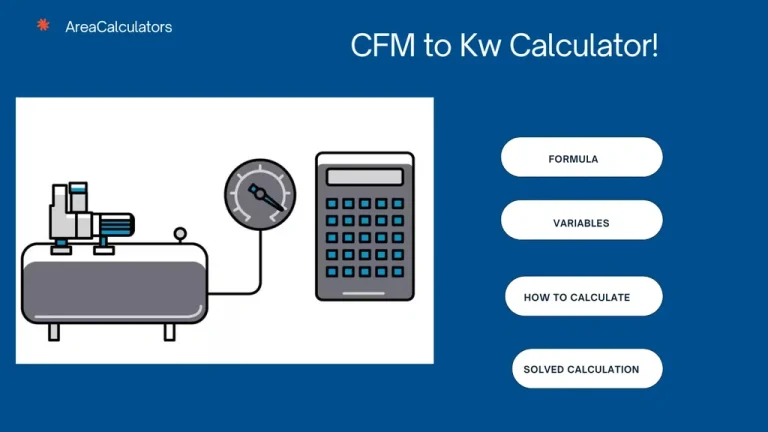Cardiac Output Vti Calculator
To calculate cardiac output using VTI, multiply the velocity-time integral (VTI) by the cross-sectional area (CSA) of the left ventricular outflow tract and the heart rate (HR), then divide by 1000. This gives the cardiac output in liters per minute.
Cardiac output is an important measure in cardiology. It represents the amount of blood the heart pumps per minute. Using the VTI (Velocity-Time Integral) method is one of the ways to calculate this. The cardiac output VTI calculator is particularly helpful in echocardiography, where clinicians assess heart function by calculating stroke volume based on VTI and CSA.
To calculate these measurements with heart rate gives a clear picture of cardiac output, which can help diagnose various cardiovascular conditions. This method is widely used in echocardiography to provide precise estimates.
Formula:
| Variable | Description |
|---|---|
| CO | Cardiac Output (liters per minute) |
| VTI | Velocity-Time Integral (cm) |
| CSA | Cross-Sectional Area (cm²) |
| HR | Heart Rate (beats per minute) |
Solved Calculations:
Example 1
| Step | Calculation |
|---|---|
| VTI | 20 cm |
| CSA | 3.14 cm² |
| HR | 70 bpm |
| Multiply VTI by CSA by HR | |
| Divide by 1000 | liters per minute |
Example 2
| Step | Calculation |
|---|---|
| VTI | 18 cm |
| CSA | 2.5 cm² |
| HR | 75 bpm |
| Multiply VTI by CSA by HR | |
| Divide by 1000 | liters per minute |
What is Cardiac Output VTI Calculator?
A cardiac output VTI calculator is a wonderful tool for blood circulation. It calculates the amount of blood the heart pumps in a minute using VTI (Velocity Time Integral). This is typically measured at the LVOT (Left Ventricular Outflow Tract) using echocardiography.
The cardiac output is an important metric for understanding heart health and function, and it can be calculated using the stroke volume and heart rate. Using tools like the cardiac output calculator LVOT VTI makes the process easier, especially in clinical settings.
By calculating the stroke volume from the LVOT VTI, you can determine how effectively the heart is pumping blood. These calculations are critical in cardiology for diagnosing heart conditions and tracking heart performance. The VTI cardiology measurement is useful for assessing the aortic valve and overall cardiac function. Thus, knowing how to use these tools ensures more accurate and timely medical decisions.
Final Words:
To wind up, the cardiac output VTI calculator simplifies the process of calculating cardiac output, helping healthcare professionals monitor heart function and improve patient care.





